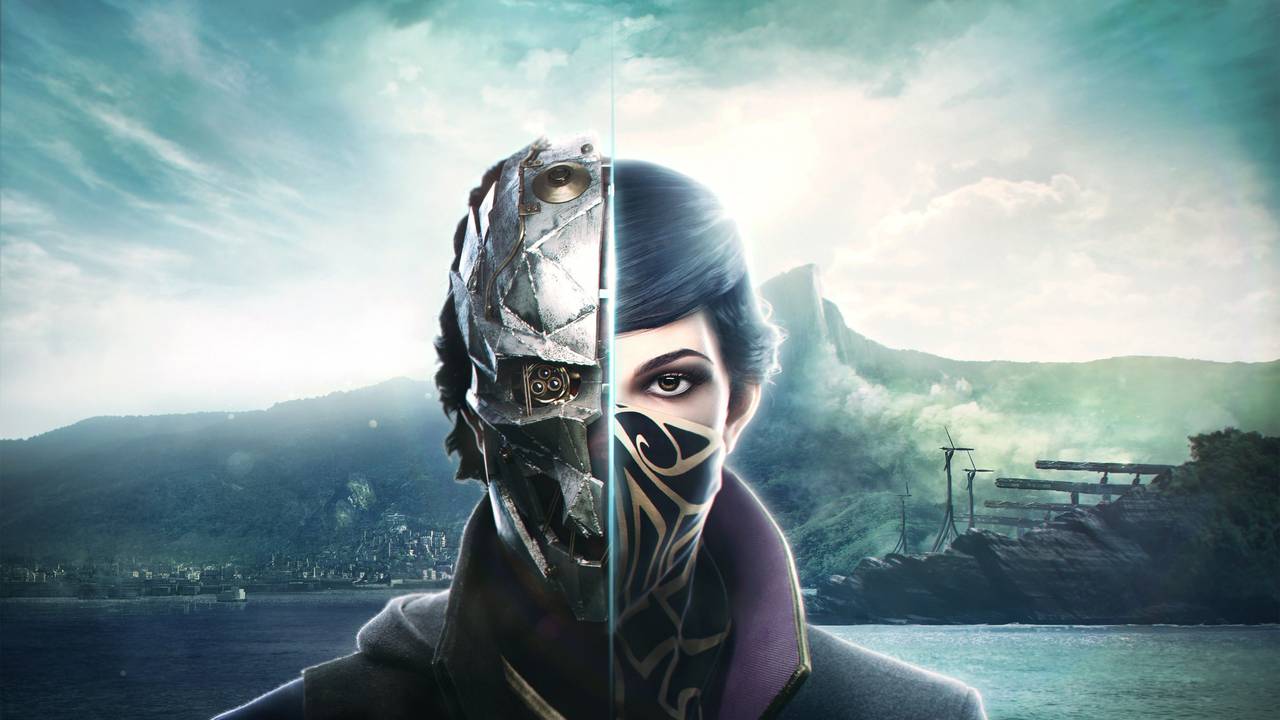Table of Contents Show
When players first boot up the campaign mode for “Dishonored 2,” they’re given a rather interesting choice — they must choose one of two protagonists. One option is the protagonist of the first “Dishonored” game, Corvo Attano.
The other is his daughter, Emily Kaldwin. If you haven’t had the opportunity to play any of Arkane Studios’s “Dishonored” games, it’s important to know how important choice is to them. Seemingly small decisions can cause a butterfly effect throughout the game, changing characters’ perspectives as well as future game events. More major decisions can cause even more profound changes, altering things as foundational as enemy difficulty and environment design. So such a massive choice within the first few minutes of gameplay must be pretty game-changing, literally and figuratively. Right?
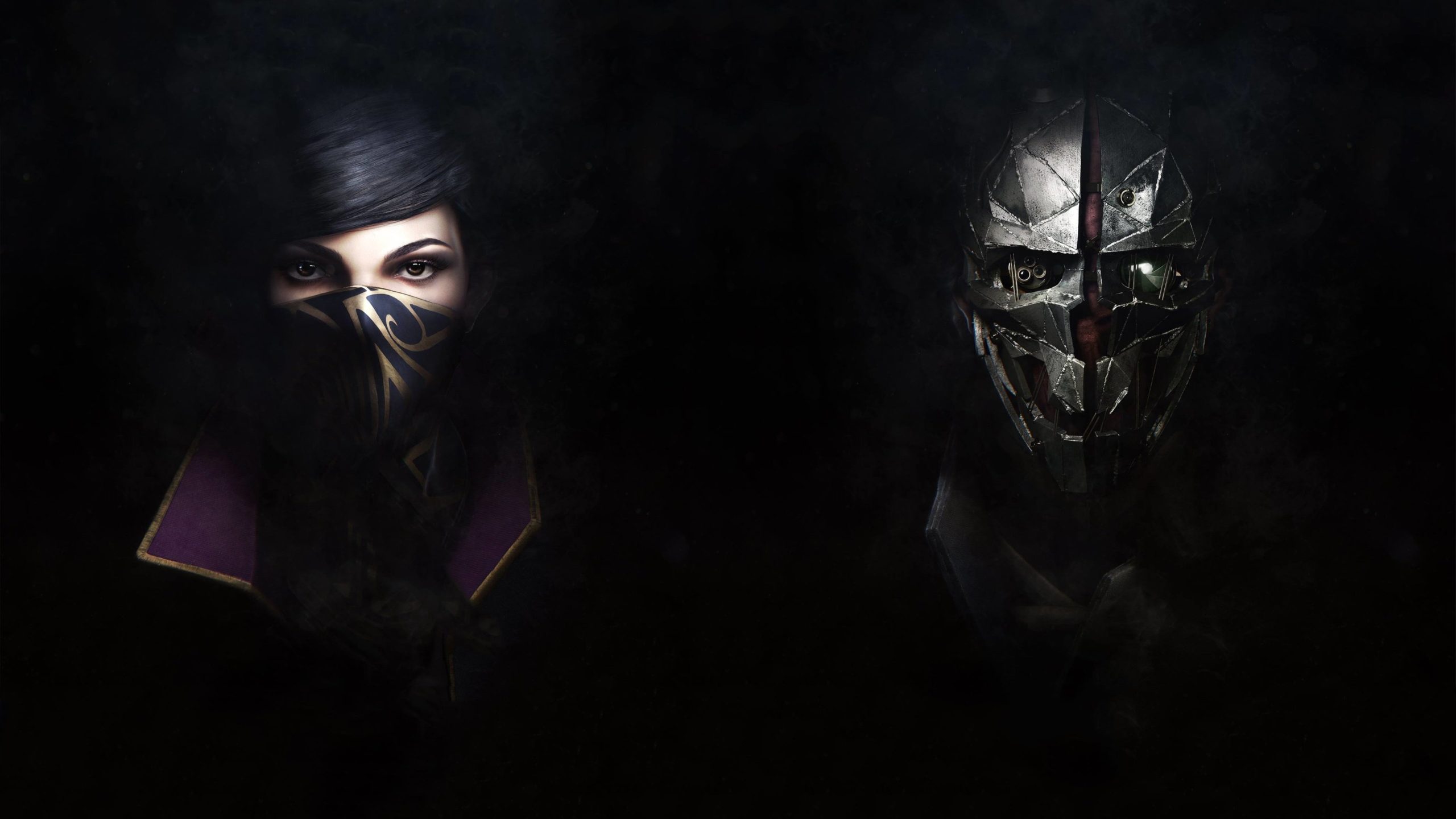
Well, not really. Players will find that each character has unique abilities but, beyond that, not much else changes. A few lines of dialogue switch up here and there, but the story beats and general gameplay stay the same otherwise. It’s a bit disappointing but understandable. Arkane Studios would essentially have to make “Dishonored 2” into two separate games to have a decision that major, and that early on, have any effect on the story. It does raise a question, though — why make players choose between two protagonists at all?
“Dishonored 2” doesn’t really make an effort to answer that question. This is rather unfortunate for Corvo, as he was a delight to play similar to the first game. However, it becomes very apparent in the course of playing the game that the story of “Dishonored 2” is not meant for him. It’s meant for Emily and Emily alone.
From The Beginning
In fact, “Dishonored 2” is Emily’s story from the start. It picks up 15 years after the original “Dishonored,” a game that told the tale of Corvo’s mission to save Emily. Back then, she was 10 years old, a princess, and imprisoned by a group who orchestrated the coup that killed her mother, Empress Jessamine Kaldwin. This same group then framed Corvo for the murder. Now she’s a 25-year-old woman and an empress in her own right, but she’s failing.
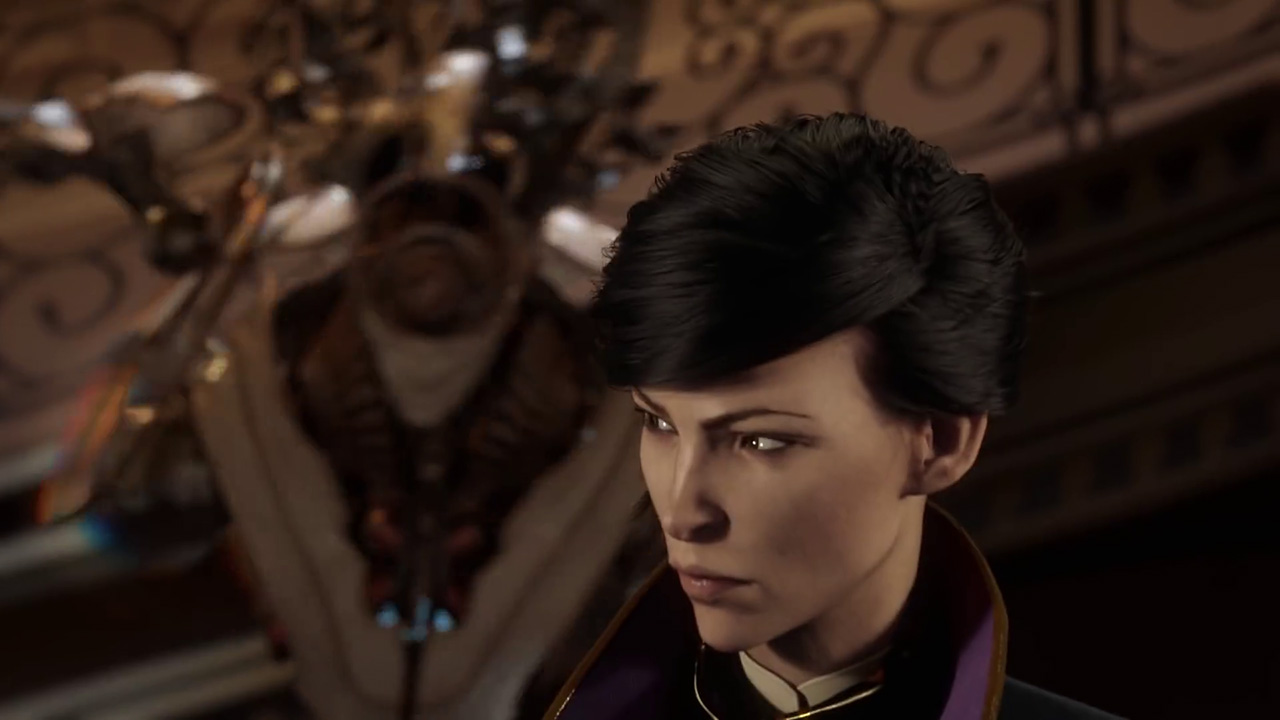
“Dishonored 2” sets the stage for Emily’s eventual growth as a character. Within the first 10 minutes of the game, the player learns of Emily’s struggles to lead. The first hour after that truly solidifies — through snippets of dialogue and documents — how ill-suited Emily is for being an empress. If she does not skip out on important meetings, then Emily can rarely be counted on to pay attention to them. She leaves many of the decisions about policy and governance to Corvo or her advisors. She is generally disliked amongst the populace, as Emily’s personal charm leaves something to be desired. Emily is not nearly as adept, nor as beloved, as her mother was.
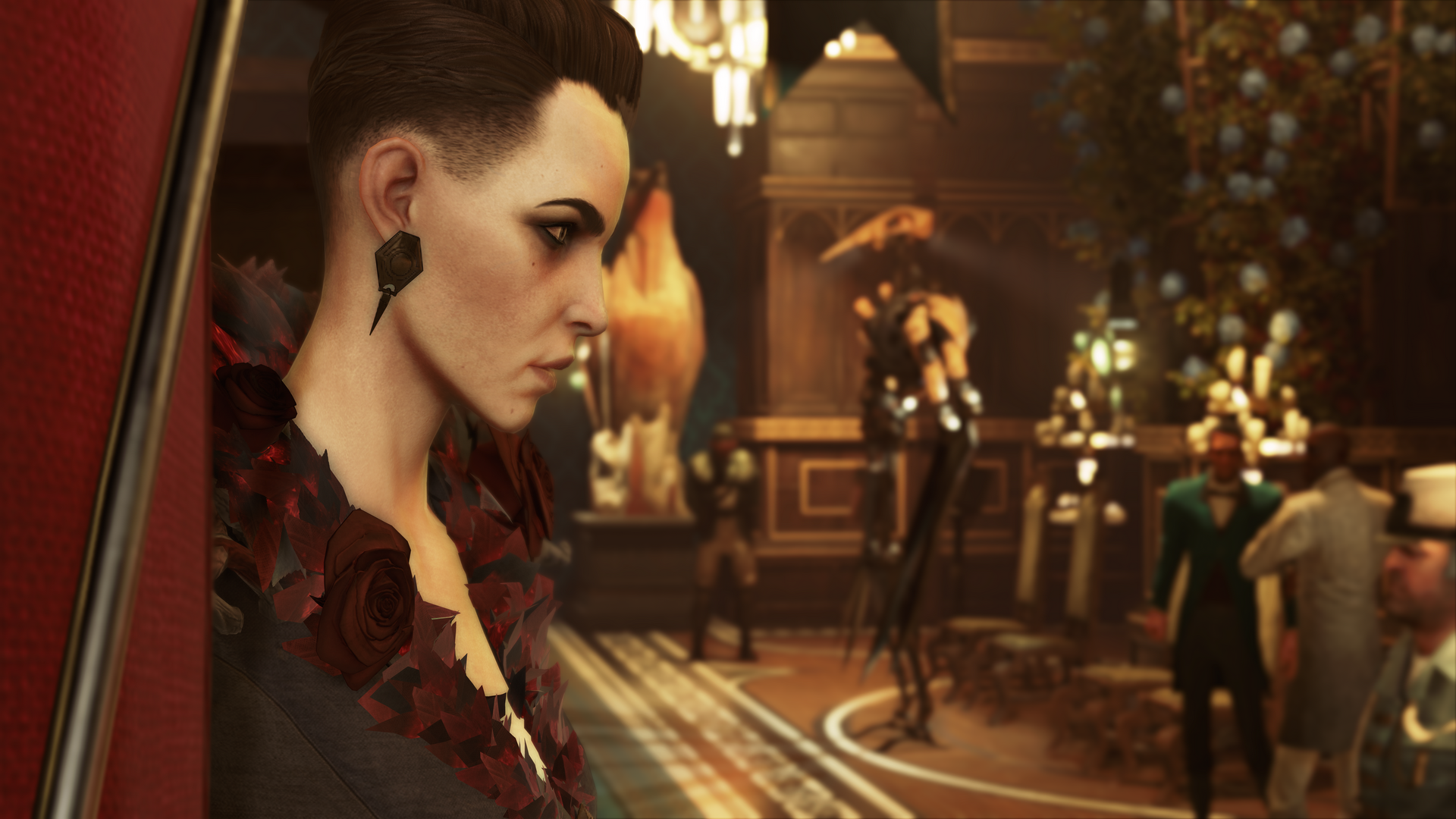
Not long before the player begins to discover the extent of Emily’s failure, though, she is overthrown. A coup, not dissimilar to the one enacted against Jessamine, sets the wheels of the plot in motion. Delilah Copperspoon (a woman claiming to be Emily’s long-lost aunt) knocks her out, kills her guards, and turns her father, Corvo, into a stone statue. When Emily regains consciousness, she must flee her home city, Dunwall, where she has been labeled a traitor to the crown and serial murderer. This foolery is all done with ease, as Emily has become so disliked by her people. Politicians and peasants alike find Delilah’s claims easy to accept, at least at first.
Between Choices
If a player chooses Emily as the protagonist for “Dishonored 2,” then the moment Emily flees the city — the second she is labeled a traitor and a failure — feels immensely profound. Emily’s path is going to be a hard one, but it is clear. To regain her throne, she must not only defeat Delilah and her cronies, but she must come to terms with and repair the damage she has done as a neglectful ruler and learn to become a good leader on her own. She’ll have no advisors, and no Corvo, to hold her hand this time.
If a player chooses to play as Corvo, this moment feels a bit dissonant, and the path set for him feels much less momentous. His daughter, Emily, is failing as a ruler, and those failings have now contributed to her being overthrown and turned to stone. Corvo must now rescue her once again and retake the throne for her (or possibly steal it for himself).
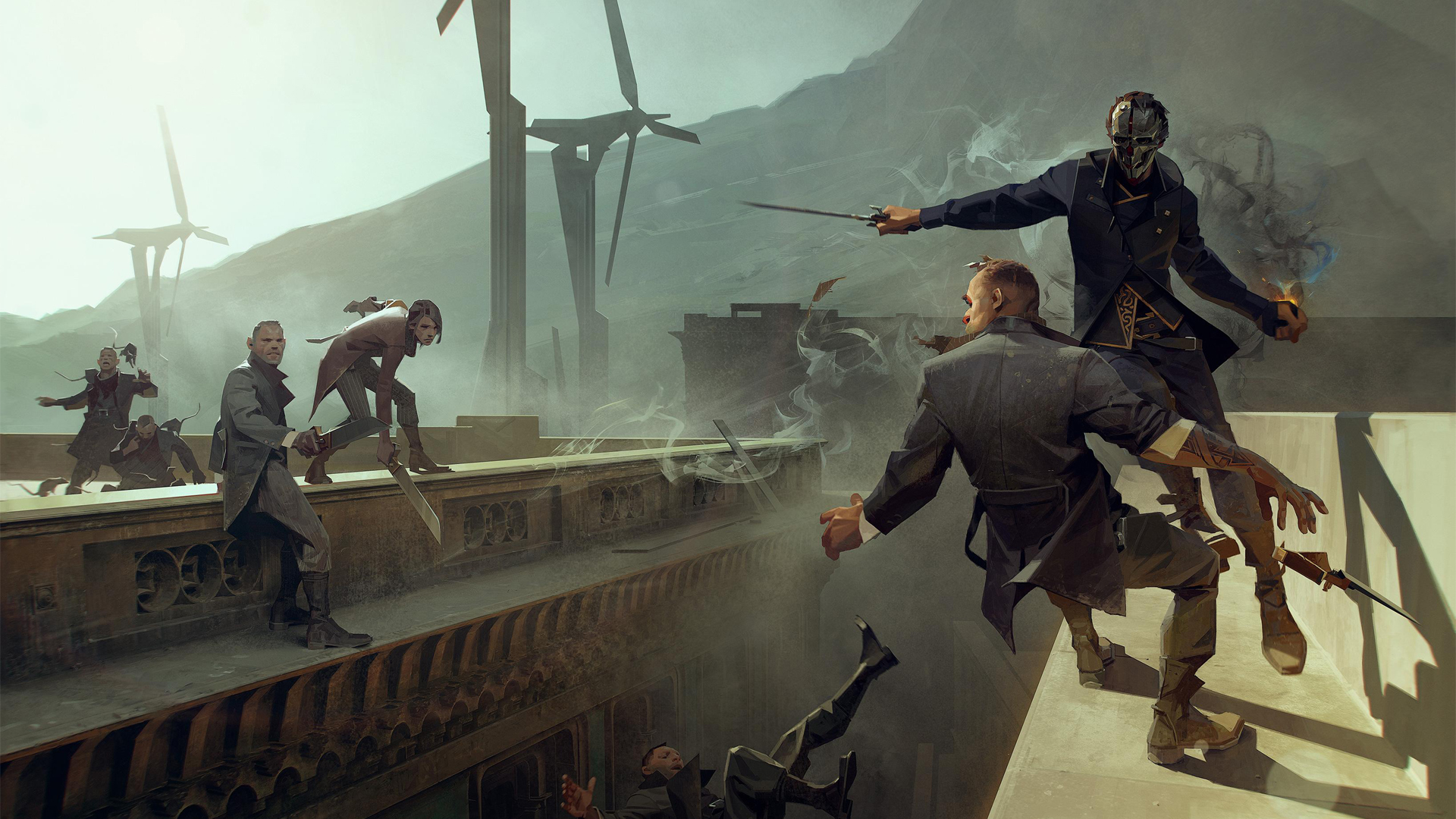
So what’s the problem with this? If you compare it to the synopsis of the first “Dishonored,” then it’s rather obvious; Corvo’s route in “Dishonored 2” is simply a reenactment of the first game. Corvo’s journey then involved taking down the members of a coup, rescuing Emily, and reinstating her position on the throne. In “Dishonored 2,” none of that has changed. Alone this isn’t too terrible; plenty of serial narratives follow plot patterns between each iteration. However, as one plays through “Dishonored 2,” it is clear that this plot is more of a hindrance to Corvo’s character — he does not grow or develop much at all.
Stagnation
No matter what decisions Corvo makes in “Dishonored 2” — whether he is violent and vengeful or subtle and graceful — he spends most of his time reminiscing about his personal history, about Jessamine and Emily, and about his life before and after both coups. He is given some time to grieve his lover’s death, Empress Jessamine, but that is the main element of the first game, not a new element to his character.
It is all exactly what it feels like — an older man dwelling on his past. The narrative makes no move to push Corvo beyond these bounds, and so, on these grounds, it can be said that Corvo is unnecessary to the story. He takes the narrative of “Dishonored 2” nowhere new, and he gains nothing from it. However, unnecessary is not damning. He is superfluous but not a detriment to the story.
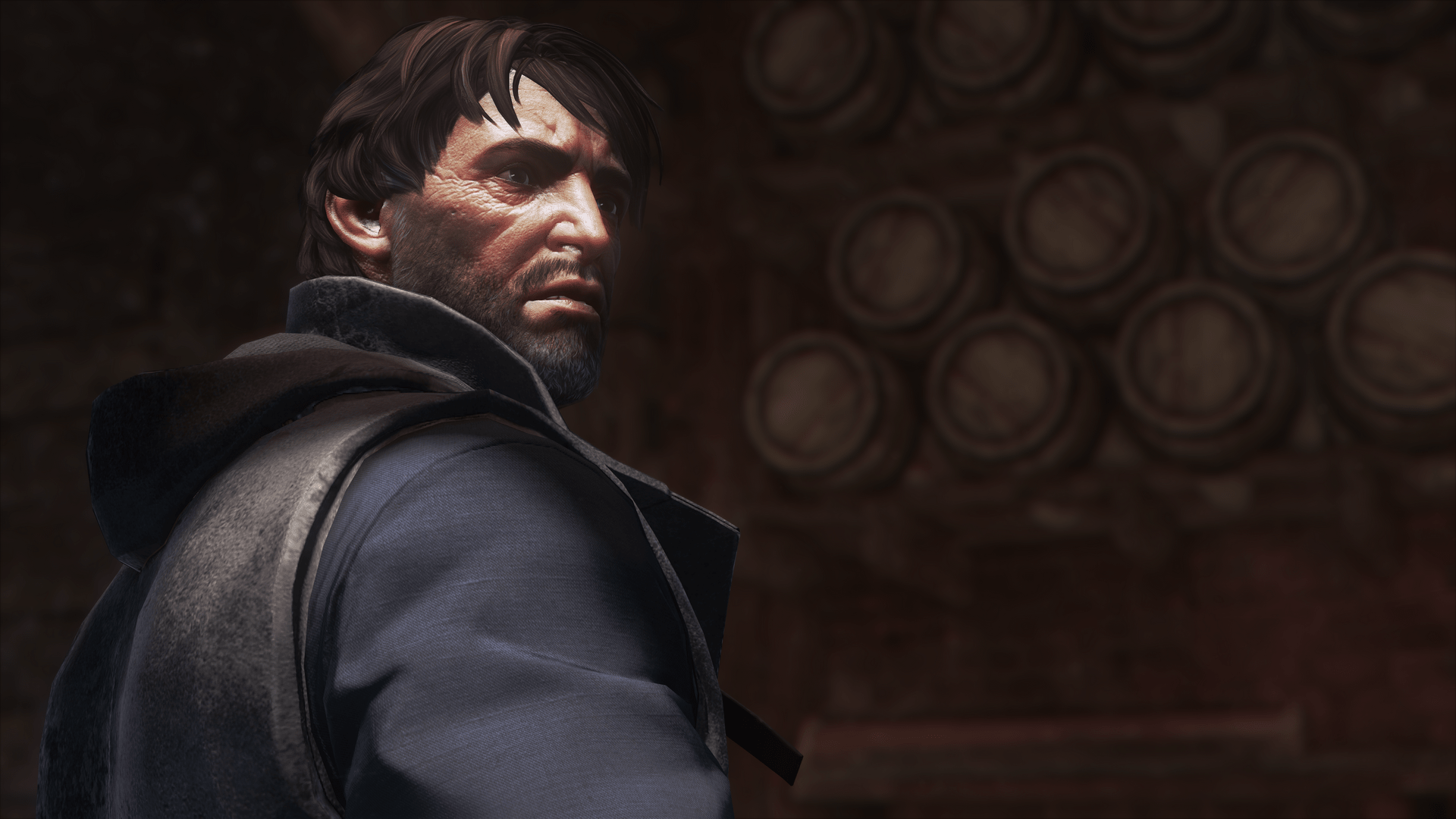
Wrong. Though a strong sentiment, Corvo’s inclusion detracts from Emily’s story, the story which we have already established as primary. More so, playing as Corvo results in an Emily who is stagnant and pitiful. If Corvo does not steal the throne from Emily entirely, one can only assume that she has learned nothing and if she rises to success, it must only be by the support of Corvo and her advisors.
In a sense, the Emily in Corvo’s storyline stays a child. Emily achieves so much during her route under her own power and becomes stronger and more capable, not just as a leader but as a person. Whether Emily does so through kindness, cleverness, or brutal murder, she does so while learning to become something more than what she once was. Putting Corvo in her place only serves to remove all possible character growth and development from the plot.
Breaking Themes
There is not just plentiful character growth in Emily’s route but a veritable bounty of fresh, new storytelling elements — elements that are lost in Corvo’s route. For Emily, there is a coming-of-age story where she learns to understand responsibility not just to her people but to herself. She is forced to discover how to stand on her own, and players get to explore what it means to be a leader, owe things to people, and take them away — whether through recklessness and unreliability or direct harm.
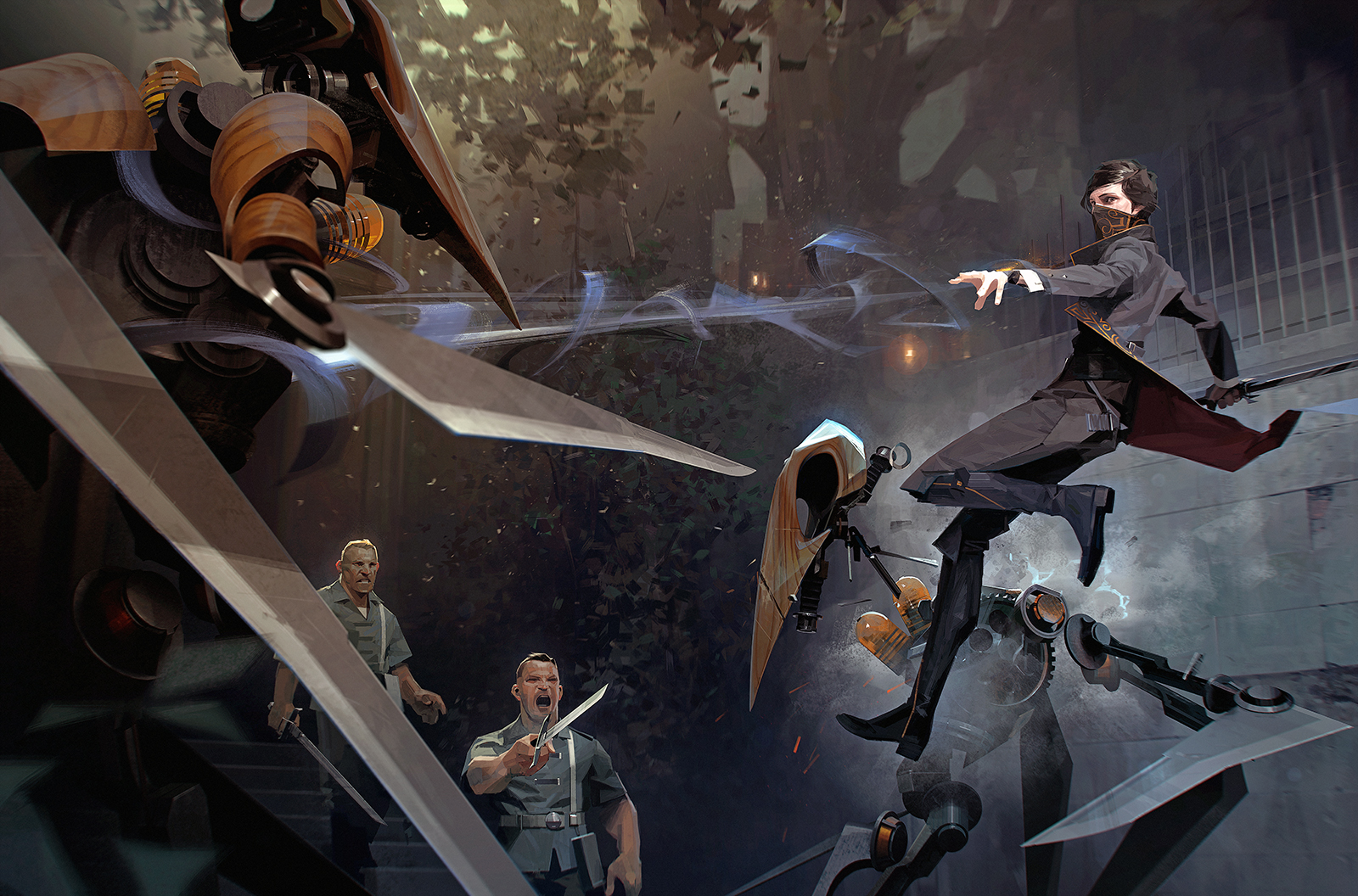
There is also an exploration of grief we have not yet seen in the “Dishonored” series — that of a child mourning a parent they never got to know. Emily was 10 years old when Jessamine died. Old enough to remember but young enough to not entirely understand. Emily spent most of her life, never knowing her mother, and she only barely understood the absence she was left with. When fleeing Dunwall after the coup, however, Emily is reunited with Jessamine’s spirit. It is tangled and broken, but it is Jessamine’s spirit nonetheless. It shows Emily such a haunting and beautiful love, and players get to experience Emily’s attempts at processing that love throughout the narrative of “Dishonored 2.”
So Choose?
The creative team at Arkane Studios says they included Corvo in “Dishonored 2” because of how “attached” they were to him, and that’s understandable (( LeBeouf, Sarah. “‘Dishonored 2’ is Emily’s game, Corvo just plays there.” Mashable. 2016. mashable.com )). There are times when love for a character can supersede all else, both for creatives and consumers alike.
However, creatives should know when attachment can lead to the suffocation of a new work, suffocation such as the kind we see in “Dishonored 2.” “Dishonored 2” has a collection of storytelling elements to explore that are just so fresh, bright, and intense. Sadly, though, they can be too easily missed if the player pursues Corvo’s path. A delightful character examination, an emotional discovery, and an exploration of trauma, grief, and responsibility can all be lost in one moment of choice.
